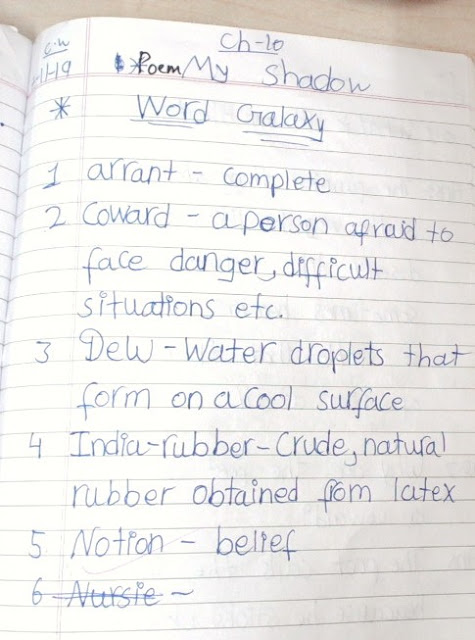EVS .CHAPTER-Types Of Plants
Types of plants
Key words
|
harsh
|
commercially
|
|
fleshy
|
evergreen
|
|
dense
|
carnivorous
|
|
elevation
|
slanting
|
|
coastal
|
enclosed
|
|
rainforest
|
mosses
|
|
drip
tip
|
floating
|
|
buttress
root
|
aquatic
|
Features of plants growing in
different regions
|
Region
|
Features
|
examples
|
|
Deserts
|
· Long roots
to search water.
· Fleshy
stems to store water.
·
No or less leaves to reduce water loss.
|
Date palm, keekar, khair and khejri.
|
|
Rainforests
|
· Thin bark
as they do not have to store water
· Drip trip
enables rain drops to run off quickly.
|
Wild jack, bishop wood, dhup
|
|
Aquatic
|
1.Floating
·
Light and
spongy stem
2.Fixed
·
Roots fixed
to the bottom of the water body.
·
Thin and
hollow stem
|
Floating:duckweed
Fixed:lotus
and hydrilla
|
|
Coastal
|
|
Coconut,
areca
nut,
pandanus
|
|
Mangroves
|
|
Sundari,
Khalsi, garjan
|
|
Cold
|
|
Pine,
fir, moss, deodar
|
|
Carnivorous
|
|
Pitcher
plant, venus fly trap
|
Give reason
1.
Plants of the cold regions have needle shaped leaves.
Ans: Plants of the cold regions have needle shaped
leaves to reduce water loss and to prevent any damage from snow.
2.
The roots of the plants growing in rocky shores are tough.
Ans: The roots of the
plants growing in rocky shores are tough as they often have to make their way
through the rocks.
3. Growth in the coastal areas is challenging for the plants.
Ans: Growth in the coastal areas is
challenging for the plants because of windy weather and excessive salt.
Q.1.Why do trees growing on mountains have
slanting branches?
Ans : Slanting branches allow snow to slide down easily.
|
Q.2.Which features of pine trees help them survive in
the cold weather?
Ans: Pine leaves are needle like and have waxy coating to
prevent any damage from snow.
|


Comments
Post a Comment